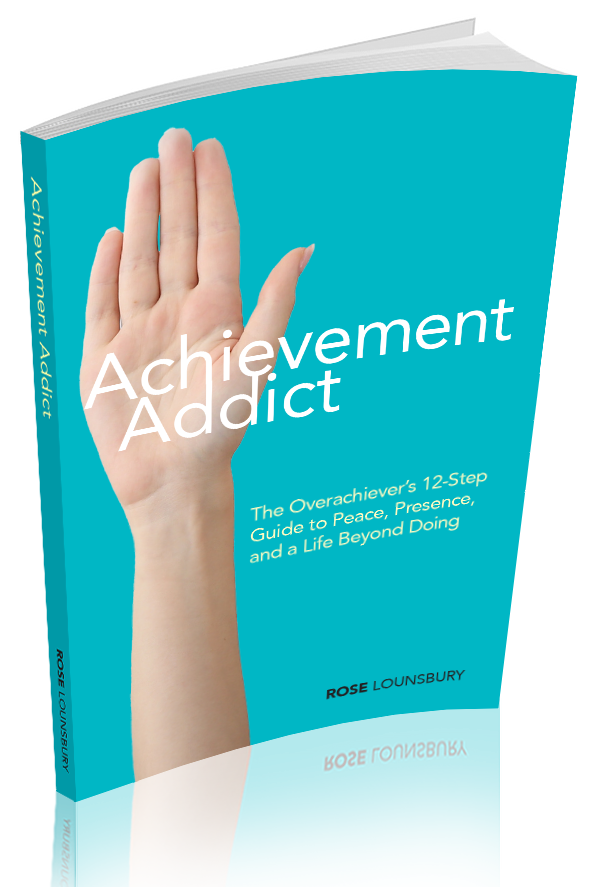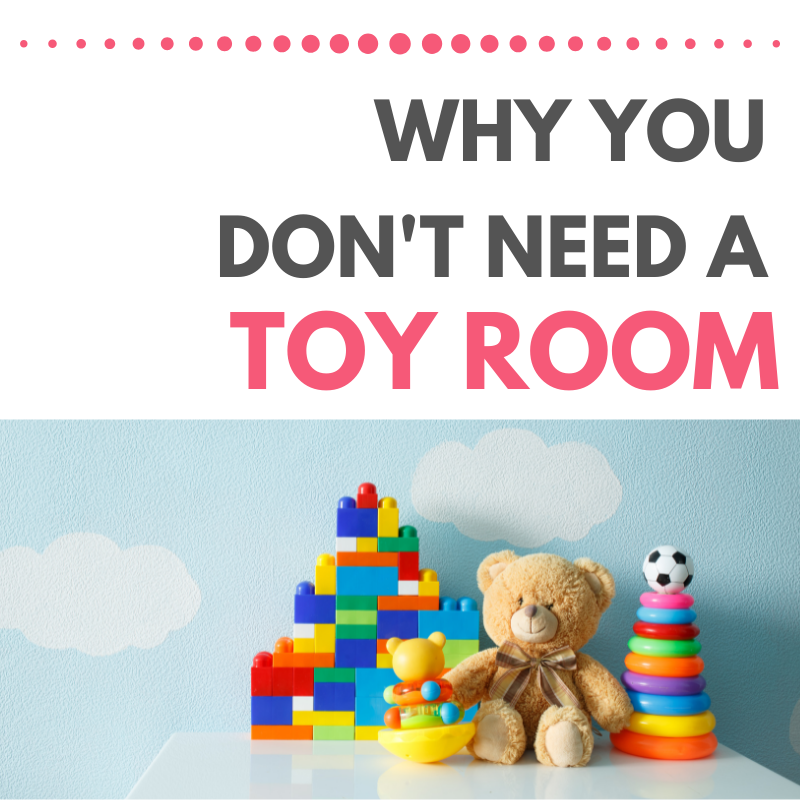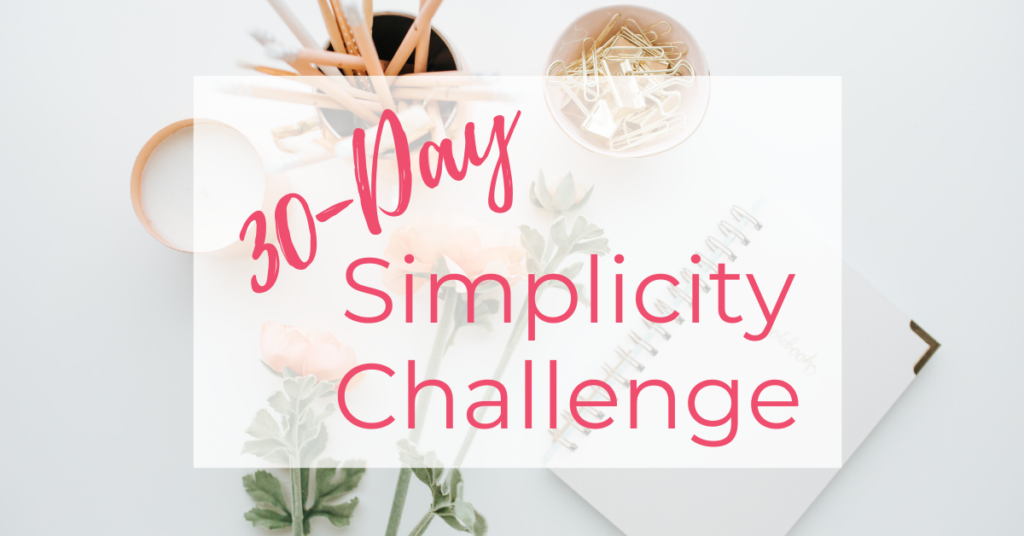About a year after I adopted simplicity, my friend Becky came to visit. It was 2013 and I’d worked steadily the previous 12 months to rid my home of excess clutter.
“Where are all your toys?” she asked, a bit shocked.
Becky hadn’t seen my home since the kids were babies, at the height of kid clutter, when every visible surface was filled with baby swings, bouncy chairs, and the like.
“It feels so much bigger in here!” she exclaimed.
Funny. I’d kind of gotten used to it.
I’d reached my first decluttering plateau and felt, for the first time since my kids were born, very comfortable in my house. My main living area was no longer a minefield of colored plastic, ready to explode. I could finally sit in my living room without feeling cramped and anxious about the clutter.
Let me give you a brief tour of my house.
We live in a cute little story-and-a-half cape cod. When you walk in the front door, you step immediately into the main living area, a combo living/dining room, which also serves as my home office. Past that is the kitchen. In a hallway off to your left are two bedrooms and a bathroom. We have a partially finished basement, and the upstairs half story is a master suite that–at the time–housed our live-in nanny. (Before you judge, let me tell you that when you need full-time childcare for three toddlers, a live-in nanny is much more affordable than daycare!) It is now our master bedroom.
The entire space is roughly 1,500 square feet.
You may have noticed that I don’t have a toy room, a space I used to consider a necessity of the modern family, especially when my kids were younger. I remember visiting friends’ homes for play dates and being ushered into rooms filled with bin after bin of toys. I always left feeling cheated, and returned to my cramped abode ever more frustrated at the kid clutter breeding in my living room.
But since embracing simplicity, I’ve come to question the toy room trend.
My house was built in the 1930s, a time when most people didn’t even consider building rooms for their kids’ toys. (Historians believe they may have called the toy-housing facilities “bedrooms.” Further research is needed.)
Think about it. Having a toy room is roughly the equivalent of having a room to accommodate the hobbies of each individual family member, in which case I should have both a reading room and an exercise room, and my husband should happily kick back in his video game room. Unless we strike it rich–and simultaneously abandon our minimalist ideals–these types of rooms are mere fantasy.
So why do many of us reserve rooms simply to house our children’s toys? (Hint… most of our kids have too many toys.)
A home is a place for a family, and shared living spaces should be just that – shared.
My living room should accommodate my kids’ developmental need to play (which nowadays, at 12 years old, looks more like Minecraft than wooden blocks!) as well as my need to relax with a magazine and a coffee. Partitioning kids (especially when they are young) off into a separate room to play not only doesn’t work, but it also sends the message that their play is not a vital part of the family, that it is something to be done separately from the business of living and sharing together. This is untrue.
Children’s play should co-exist within the hubbub of family life.
Now, I’m not against rooms for recreation, but I’d urge families to make these rooms accommodate the rec needs of the entire family, including activities for adults and older kids, like exercise equipment or board games. I don’t think anyone would find it shocking that families spend less time together these days. Perhaps our over-sized, over-divided homes are partially to blame.
Remember how I said the first room of my house is the living/dining room? This is the main living/playing/eating/working area of the home. And it is one room. It used to be the disaster area. Now it is my zen space.
When my kids were younger, here’s how I incorporated their toys into the room without having a toy takeover.

In case you’re wondering, my kids usually had some other toys in their bedrooms, such as Legos and stuffed animals. But when they were young tikes, this was the majority of the toys they played with.
In closing, toy clutter is manageable. I hope I’ve inspired you to minimize the toys in your home and incorporate them into the stream of family life.
Because remember…









